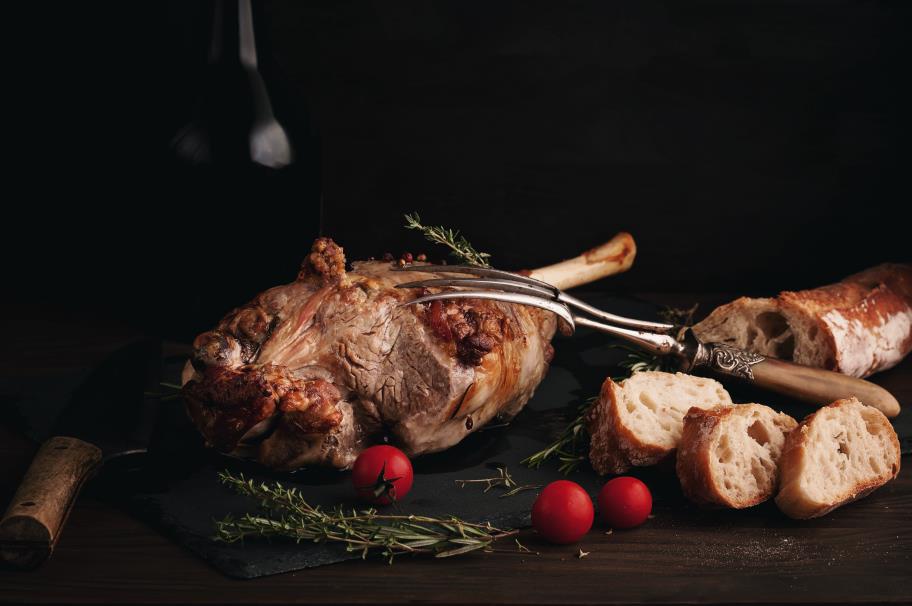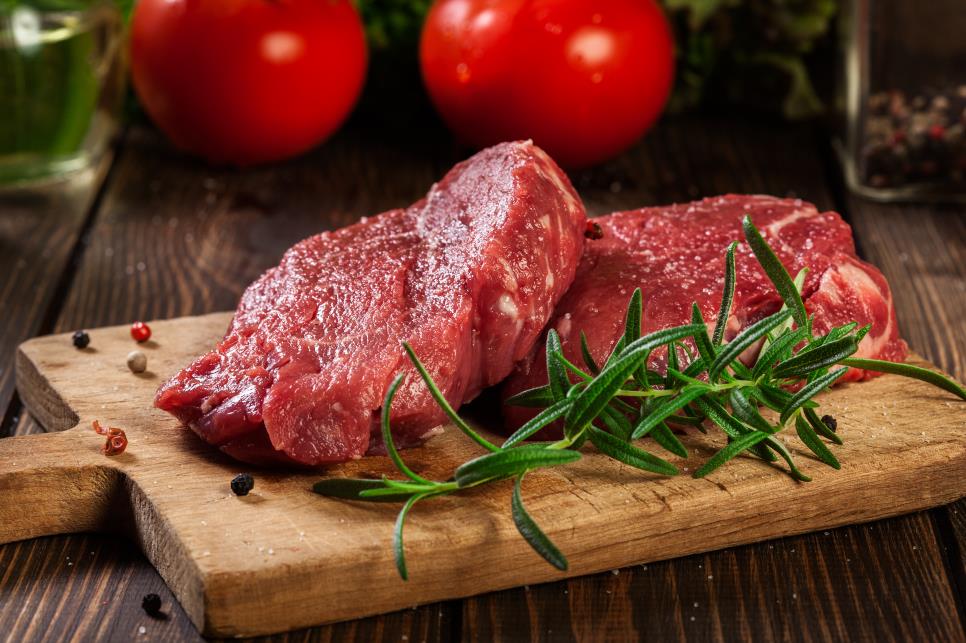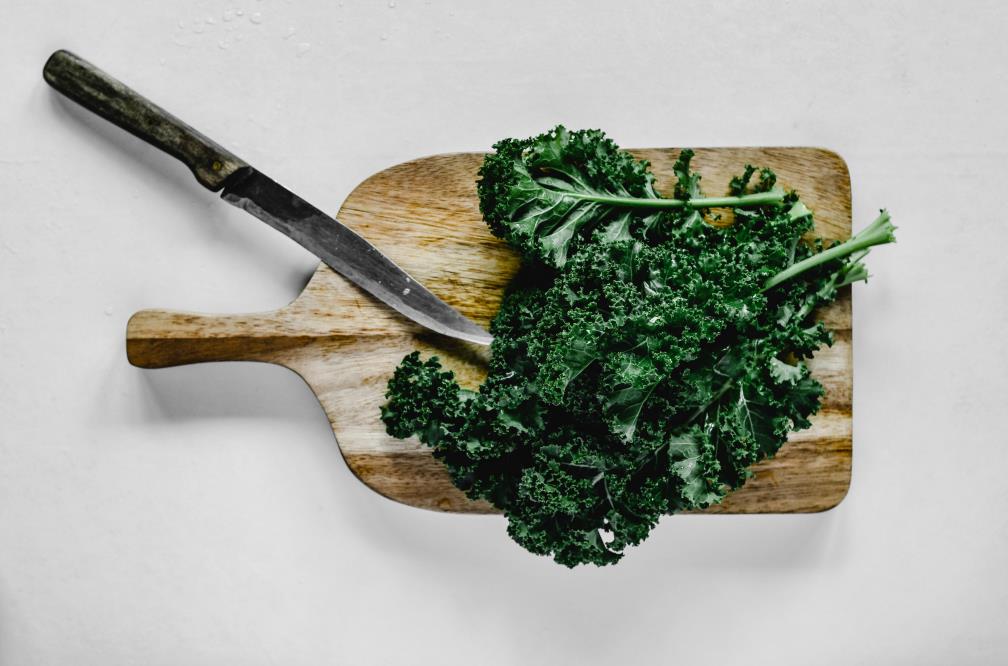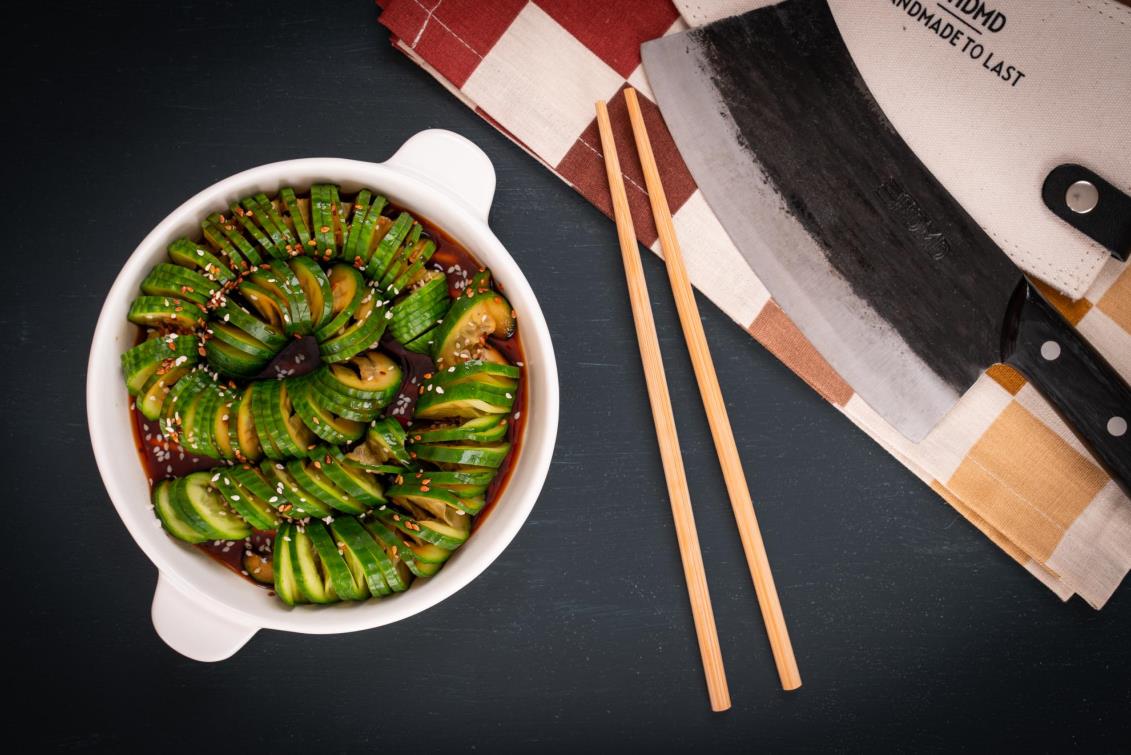Oranges are a delectable and versatile fruit, offering a delightful flavor profile that combines sweetness with a hint of tartness. Their appeal extends beyond their taste, as oranges find their way into various culinary creations, adding a burst of citrusy goodness to an array of dishes.
Whether sliced into refreshing salads, juiced for a zesty beverage, or incorporated into desserts, oranges bring a vibrant and tangy dimension to the table. Their versatility extends to both sweet and savory recipes, making them a favorite ingredient in everything from fruit salads and smoothies to savory sauces and marinades.
Embracing oranges in your culinary endeavors opens up a world of creative possibilities, elevating dishes with their distinctive and lively flavor. In this article, we will delve into the world of oranges, exploring not only their vibrant taste and versatile uses in various dishes but also the practical aspects of working with this delightful fruit. Explaining how to cut an orange, peel it to perfection, and answer some of the commonly asked questions.
Table of contents
Preparing to cut an orange
You should always wash your oranges before eating them – just like any other fruit. However, don’t wash them before storing them in the refrigerator.
Because the outer skin of the orange, its zest or commonly referred to as peel, is porous and filled with tiny air pockets, it can absorb moisture and spoil faster than expected. Always wash oranges right before eating or preparing them. Wash the orange under running water and rub it with light pressure to remove any dirt.
To cut oranges, you will need no other than your favorite chef’s knife or a paring knife along with a stable surface, preferably a cutting board.
Handpicked for you
True cutting power in the palm of your hand
How to peel an orange?
Peeling an orange is a lot trickier and complicated at first glance compared to other fruits. The outer skin of the orange is spongy, and a vegetable peeler or traditional means of peeling a fruit generally won’t work. Here is how to peel an orange in two different ways.
- Make a circular cut around the end of the orange by only cutting the peel.
- Peel off the ends, and some of the inner pith that’s in the middle of the orange should also come out.
- Do the same cuts now on the side in every one inch or so without cutting the orange. You only want to cut through the zest.
- Peel off the sides, and you’ll have an orange ready to eat.
With the peel completely removed, you can halve the orange and separate it into little pieces.
Peeling an orange to remove the pith
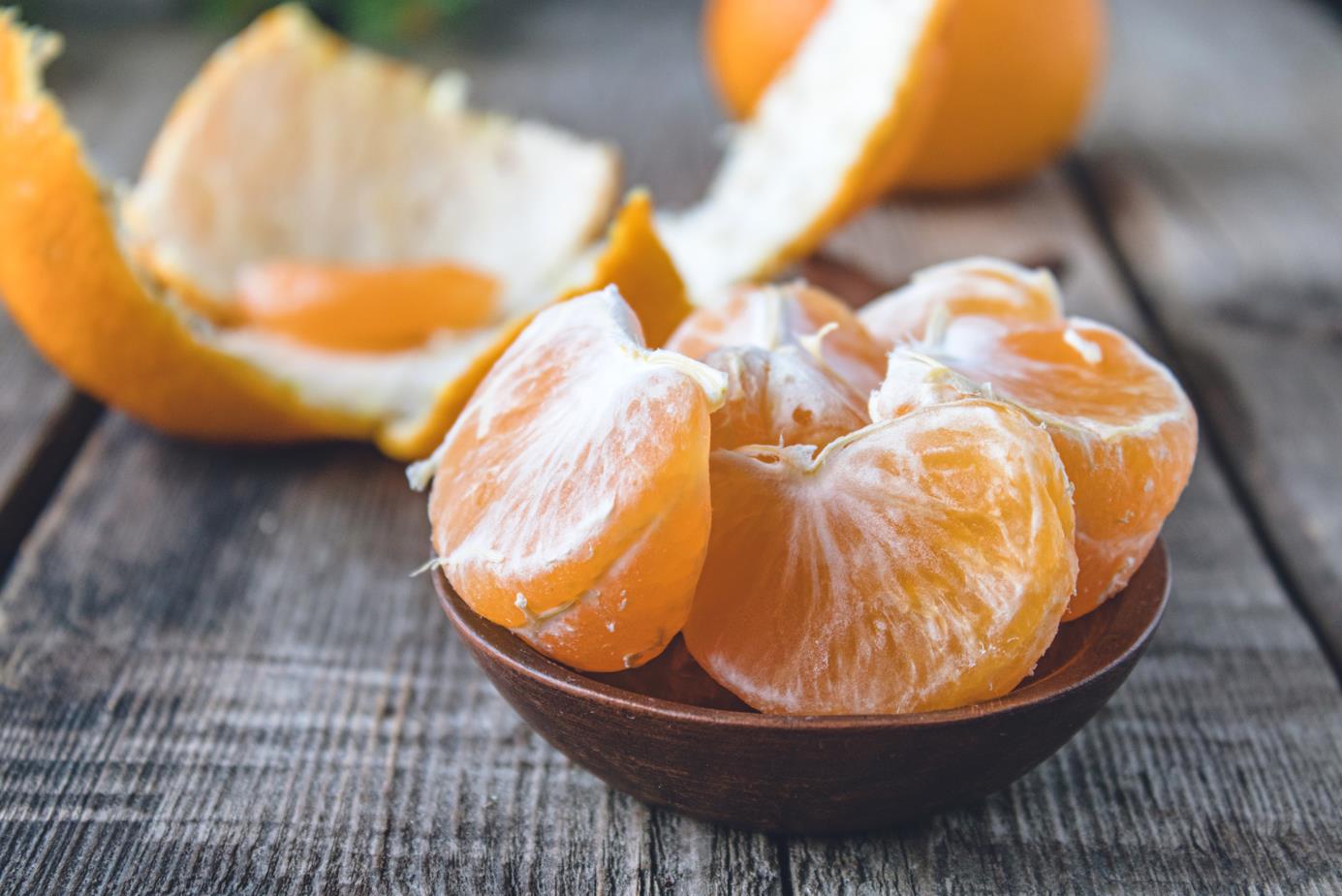
The above technique is a straightforward way to peel an orange, but it leaves the pith, the white tissue between the outer skin and the fruit. Some don’t prefer eating it as it has a bland yet bitter flavor. To peel an orange also to remove the pith, try the method below.
- Cut off both ends of the orange.
- Lay the orange flat on the cutting board and hold it steady.
- Slice off the peel, including the pith. Trim off any of the white bits that remain on the orange.
You are inevitably going to cut some of the fruit, but that’s the way it goes to have a perfect pithless orange. Nevertheless, try not to go too deep into the fruit.
Tip: When peeling an orange like this, you may struggle to remove the pith on the bottom. Simply flip the orange upside down, and you’ll have an easier time.
Cut orange into wedges
Cutting oranges into wedges is the easiest way to cut them. It takes little to no time and is very straightforward. Here is how to cut an orange into wedges.
- Cut off both ends.
- Cut the whole orange into quarters and each quarter once again in half. If it’s a large orange you’re cutting, you can do cut in the middle for a second time to create thinner wedges.
- With the wedges laying flat on their side, cut the pith if desired.
Cutting an orange into wedges is as easy as that. This type of cutting is also one of the best ways to introduce citrus fruits to a baby. They can hold from the peel, which will give them enough to grip while munching.
Note that babies under 12 months old shouldn’t eat citrus fruits. Make sure that the baby is already familiar with chewing foods before feeding a slice of orange.
Cut orange into wheels

Whether you peel by following the first or second technique, cutting an orange into wheels or slices is the same. Here is how.
- Place the orange on its side on the cutting board.
- Slice the orange in the desired thickness.
There is nothing complicated about it. Slicing an orange without the skin is as easy as slicing tomatoes.
Cut orange into segments
To segment an orange, you need to peel the orange by following the second method. Many recipes like marmalades and salads call for orange segments. They look elegant and highlight only the best qualities of orange. Here is how to segment an orange.
- With all the white parts removed, take the orange in your hand and place a large enough bowl underneath it to avoid creating a mess when the juices drip.
- Though you removed all the pith, the membrane will still be there. Cut right next to the membrane through the midpoint of the orange.
- Make the same cut on the membrane right next to the one you’ve cut, and slightly bend the knife’s blade and flick out the segment.
- Repeat this until you get all the segments.
After segmenting an orange, there will still be juices left on the membrane. You can squeeze it on the very same bowl you let the juices spill to keep the segments fresh while they wait, or you can toss it in a juicer to have fresh orange juice.
How to cut orange for cocktails?
Sticking an orange slice or wedge on the side of a cocktail is a great way to garnish drinks and make them look on point. Wheels or wedges, it doesn’t matter.
Cut it the way you want and slice a thin notch using the tip of the knife in the middle of the orange to stick it in the cocktail. Make sure that the incision isn’t too thick, as the orange will flop otherwise. It should be hanging on to the cocktail tightly.
Additionally, you can slice off a thin peel piece to complement the drink with an orange twist.
Citrus fruits and carbon steel
Due to the citric acid content in fruits like oranges, they can have a negative impact on the blade of carbon steel knives that don’t have stainless attributes. Though it will lead to patina forming on carbon steel fast, citric acid can contribute to further oxidation if you leave your knife unattended without cleaning afterward.
When you cut citrus fruits with a carbon steel knife, make sure to work fast and immediately wash, rinse, and dry your knife completely. Due to citric acid contributing to oxidation, most people that own a carbon steel knife prefer using a secondary knife to cut ingredients like this. You might want to consider doing the same.
FAQs

Are orange peels good for you?
Orange peel is a severely underutilized ingredient among home cooks. And no, they are not poisonous. The distinctive flavor they bring to dishes is truly unparalleled. However, it’s worth noting that orange peel should only be consumed in conservative amounts.
How much orange juice is in one orange?
Though it depends on the size of the orange, most oranges will give you about 1/4 to 1/3 cups of orange juice per one. This depends on not only the size but also the variety of the orange as well. Some orange varieties, like Valencia, is juicier than the typical orange. That said, you need about two to four oranges to get one cup of freshly squeezed orange juice.
How many oranges should I eat a day?
Limit yourself to eating a maximum of one orange if you’re planning on eating them every day. The high fiber content and acidity in oranges can lead to an upset stomach with cramps and bloating. Eating too many oranges can result in even more unpleasant scenarios like diarrhea and bloating.
Can orange juice go bad?
Like many other fruit juices, freshly squeezed orange juice will last only a day, maybe two days at max. However, orange juice sold in packages at grocery stores can generally last between a week and ten days. Check the expiration date on the packaging to see when it’s best to drink it. So yeah, orange juice can indeed go bad and fast, but only if it’s squeezed fresh.
Are orange peels bad for dogs?
Oranges, as a whole, aren’t bad for dogs from the standpoint of nutrients and chemicals. They won’t poison your dog or cause unpleasant reactions like bellyache, but it doesn’t mean that they should eat it. The peels can get stuck in the digestive tract and cause a blockage, which requires surgery to correct. Aside from that, not all dogs enjoy the taste of an orange. Some dogs won’t even look at it and spit it out as soon as it gets in their mouths.
Some ways of cutting an orange require precision, like segmenting. To achieve the best cuts, you will need a sharp knife that can handle everything. Take a look at our collection for hand-crafted knives. Want to learn more about handling a knife the right way? Read more on knife skills.







